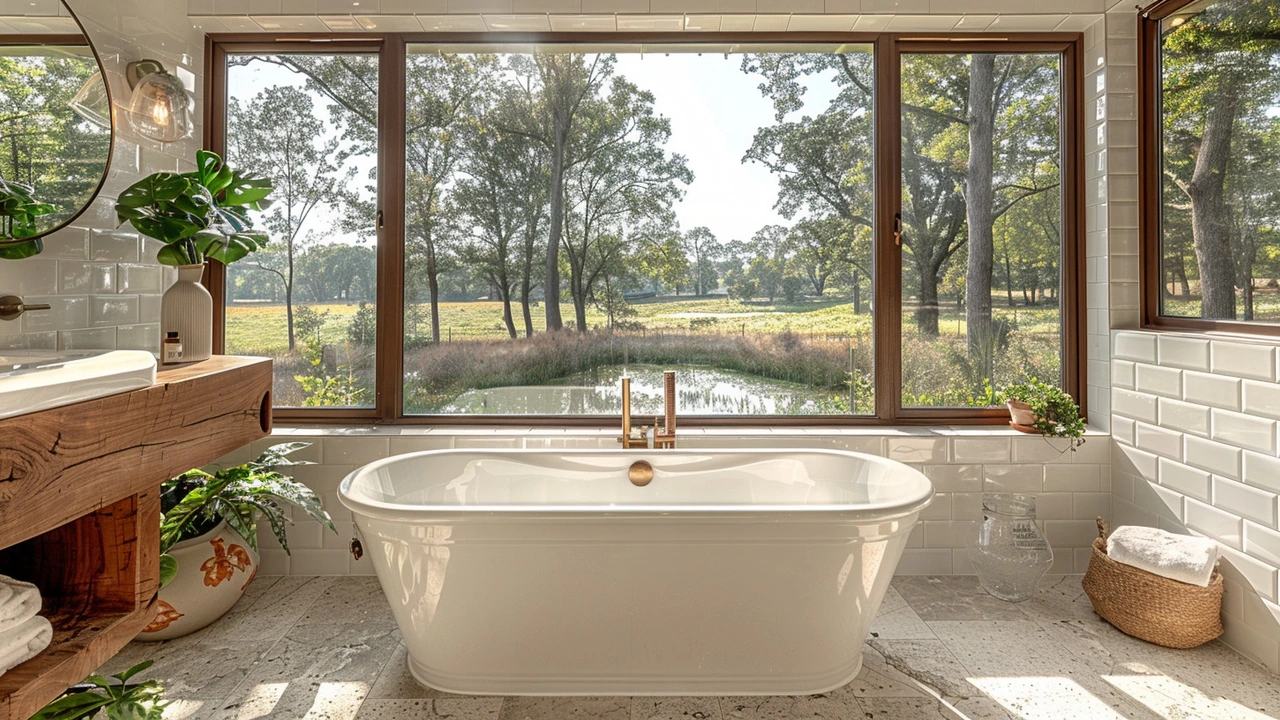Home renovation: a practical guide to planning, style and value
Renovating your home can feel overwhelming, but small smart choices make a big difference. Start by listing what you need now versus what you want later. Prioritize safety, structural fixes, and energy upgrades before cosmetic changes. That reduces future costs and avoids redoing work twice. A clear list keeps contractors focused and helps you compare bids fairly.
Set a realistic budget and add a 10-15% contingency for surprises. Get at least three quotes, check references, and ask for itemized proposals. Pay attention to payment schedules - avoid large upfront sums. If you plan loans or permits, factor processing time into your timeline. Plan the work in phases so you can live in the house if needed.
Choose the right style and materials
Pick a style that fits the house and neighborhood; you don't have to copy one era exactly. Look at nearby homes or browse examples like Colonial, Craftsman, or Greek Revival for details that match your house's bones. Use durable materials in high-use rooms: porcelain tile, hardwood or engineered wood floors, and low-VOC paints. For historic homes, preserve defining features when possible - original moldings, staircases, or windows add value and character.
Think about functionality: rework layouts only when it improves daily life. Open kitchens sell, but consider storage, lighting, and appliance placement before removing walls. Improve natural light with properly sized windows and reflective finishes. Add insulation or upgrade HVAC for comfort and lower bills - these are selling points buyers notice.
Work with pros and do smart DIY
Hire licensed pros for electrical, plumbing, and structural work. You can handle painting, trim, and some demolition to save money, but know your limits. Clear communication prevents mistakes: use simple checklists, share photos, and agree on finish levels. Keep a project folder with contracts, permits, and change orders. When changes come up, get written estimates before approving extra work.
Small design choices yield big returns: update lighting, swap old hardware, and choose neutral colors to appeal to future buyers. For big-ticket items, focus on kitchens and bathrooms - those rooms often boost resale value the most. Don't forget curb appeal: a fresh front door, tidy landscaping, and updated house numbers create a strong first impression.
Track progress with short weekly check-ins and photos. Expect delays - weather, deliveries, and inspections happen. If you hit a major snag, pause and review costs before committing to fixes. After completion, do a walk-through with your contractor and list any punch-list items to fix quickly.
Want inspiration? Browse Macklowe Art & Architecture's posts on historic styles and practical tips to match design ideas to your renovation goals. Use examples as a mood board, not a rulebook, and shape a home that works for your life now and adds value later.
Quick checklist: define goals, set a budget, prioritize structural and energy work, get three bids, hire licensed pros for major systems, schedule work in phases, keep project documents, and save photos for resale marketing, and set realistic timelines before you start right now.

The Ultimate Guide to Mid-Century Modern Bathrooms: Style Meets Functionality
Discover the timeless appeal and practicality of mid-century modern bathrooms in this comprehensive guide. Learn how to blend vintage charm with modern conveniences for a space that's both stylish and functional. From selecting the right colors and materials to choosing the perfect fixtures and accessories, this article will walk you through everything you need to know to create a stunning mid-century modern bathroom.
Read more
Transforming Your Ranch-Style House into a Modern Paradise
Hey, friends! So, you've got a ranch-style house that's screaming for a modern makeover? I've got your back! Let's trade in those cowboy boots for some sleek, modern decor vibes. Picture this: open-concept living, floor-to-ceiling windows, and a dash of minimalism. And voila, your ranch has just galloped into the 21st century! Ranch-tastic, right? Change is good, especially when it's as easy as changing your throw pillows!
Read more